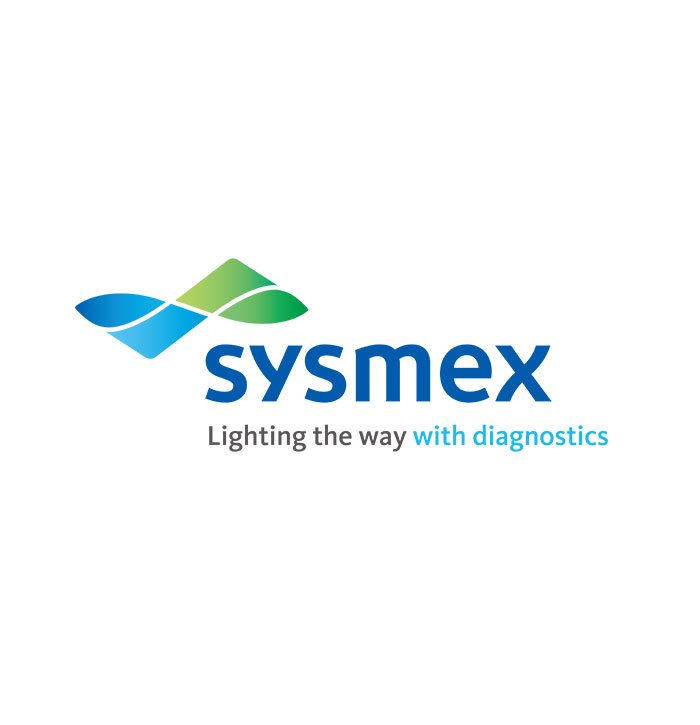The International Society on Thrombosis and Haemostasis (ISTH) on identifying and managing coagulopathy in patients with COVID-19. It outlines the clinical features and laboratory markers indicative of coagulopathy, such as elevated D-dimer levels and prolonged prothrombin time. The guidance also includes recommendations for anticoagulation therapy, monitoring protocols, and management strategies to mitigate the risk of thrombotic complications in COVID-19 patients.
Pathophysiology of Coagulopathy in COVID-19
how the virus can lead to widespread inflammation and endothelial dysfunction, contributing to an increased risk of thromboembolic events. The discussion includes the roles of cytokine storm, platelet activation, and changes in coagulation factors. Understanding these mechanisms is crucial for developing appropriate management strategies.
Clinical Presentation and Diagnosis
It details the signs and symptoms to watch for, such as elevated D-dimer levels, prolonged prothrombin time (PT), and decreased platelet counts. This section emphasizes the importance of routine coagulation screening for hospitalized COVID-19 patients and provides guidance on the interpretation of laboratory findings. It also discusses the potential complications, including deep vein thrombosis (DVT), pulmonary embolism (PE), and disseminated intravascular coagulation (DIC).
Management Strategies
This section provides comprehensive guidance on the management of coagulopathy in COVID-19 patients. It covers the use of anticoagulant therapy, including indications, dosing, and monitoring. The recommendations include prophylactic anticoagulation for all hospitalized patients unless contraindicated, and therapeutic anticoagulation for those with confirmed thromboembolic events. It also addresses the management of bleeding complications and the use of blood products. The section underscores the importance of a multidisciplinary approach involving hematologists, intensivists, and other specialists.
Special Considerations
This part of the guidance addresses specific patient populations and clinical scenarios that require special attention. It includes recommendations for managing coagulopathy in critically ill patients, those with pre-existing coagulopathies, and pregnant women. It also discusses the implications of drug interactions and the need for individualized treatment plans based on patient comorbidities and risk factors.


